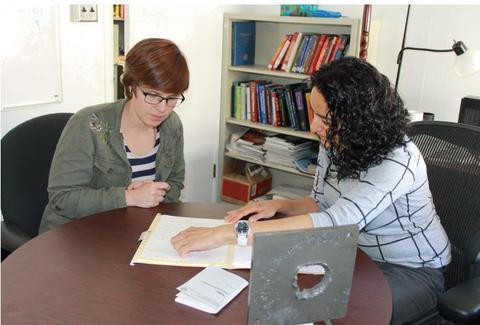
WOMEN WHO INSPIRE: MEGAN MCCRACKEN
After launching our 'Shatter the Glass Ceiling' Necklace, we we’re inspired to hear all of our customers’ stories on how they broke boundaries or shattered the glass ceiling. We launched a contest and heard so many amazing inspiring stories of trailblazers and it was so inspiring! This is why we do what we do here at Svaha and create clothing and accessories that promotes STEAM and gender neutral clothing.
We are excited to announce our winner, Megan McCracken, who is a student at Virginia Tech studying Computational Plasma Dynamics. She is a force of nature and while studying she is also helping TechGirls in the Middle East, trying to teach them about parallelism within coding languages and why it is important within CPP, and why learning CPP is a get opportunity. Read more about Megan below!
What is your Favorite STEAM topic?
I don’t know if I have a favorite STEAM topic. I would say that the best thing about STEAM is that it is collaborative and that it requires aspects of everything for it to succeed. I am currently in an Engineering program at Virginia Tech, but I work more with mathematics and physics than I do engineering. I also have a great appreciation for the contributions of the art aspect of STEAM in everything that I do. Without the creative aspect we couldn’t really achieve many of the goals we set out to achieve every day. Though if there would need to be a finite answer to the question, I would probably say mathematics. That is what I find myself enjoying the most in my work overall.
What do you do for a living and what do you do for fun?
Currently, I am a PhD student at Virginia Tech. I do Computational Plasma Dynamics research for a living, and once I graduate, I hope to continue in the field and work either at a research institution, or a national lab. A lot of my time is spent doing research, and learning the basics of my field so I do not have a ton of time for fun activities, but I do enjoy learning ballroom dance, practicing capoeria angola, and being a dungeon master for dungeons and dragons groups in the department.
What made you want to study Plasma Physics?
Plasma Physics is an interesting and diverse field, but I only truly found this out after coming to Virginia Tech. My first passion was just purely computational fluid dynamics. I really enjoyed that field because it was such a complex field that many people studied but no one truly understands. I really enjoy the challenge of things like that. When I applied to VT, I made sure to include this in my statement of purpose. I really enjoy a challenge and having to discover new routes of thinking about a problem, because of that my adviser, Dr. Bhuvana Srinivasan chose to interview me and tell me more about the field of Computational Plasma Physics and Plasma Physics in general and I fell in love. It’s a beautifully complex field with many intricacies that deserve in depth study and understanding, but it also has a really exciting goal at the end which would be renewable energy that could outpace any other and make fossil fuels completely obsolete. I think that is pretty amazing.
Tell us more about Techgirls of the Middle East.
Though I have not participated in this program, yet I am excited to be able to share my knowledge with these young women. The program itself is called Techgirls of the middle east, and it is a yearly three week summer program set up to teach the basics of scientific coding to young women from middle eastern countries. I am a huge proponent of teaching anyone who wants to learn, especially those who would not otherwise get the chance. That being said my part specifically in this endeavor is to teach the merits and intricacies of Computational Plasma Physics (CPP), which is somewhat of a daunting task. I am setting up a small raspberry pi supercomputer build with simple fluid codes, that the women can learn from. My goal is to be able to teach them about parallelism within coding languages and why it is important within CPP, and why learning CPP is a get opportunity.
Tell us more about your Nuclear Fusion Reactions research.
I have struggled a bit trying to explain my research to a broader audience, but I will try to make it understandable. Everyone is aware of nuclear fission reactions and that they can be harnessed to create energy, i.e. Nuclear reactors. These do create a renewable energy reaction, but come with a lot of unfortunate side effects. To date we have not developed a fool-proof containment scheme to make Nuclear Energy a viable source of energy, however there is an-other route that is being studied and that is Nuclear Fusion. The idea of Nuclear Fusion is to bring ions (Deuterium and Tritium) together with electrons to fuse and create a Helium and excess energy that can then be harnessed and either put back in the system or be used to power our energy hungry world. This seems like it would be a simple process, but unfortunately it is not.
Plasma, the matter that makes this reaction possible, is very difficult to contain. Plasmas are not generally naturally occurring on Earth, though they make up approximately 99 percent of all matter in the universe. Stars are plasmas, as well as lightening, and the aurora borealis. If you think about these examples you can see the intrigue in trying to harness energy from plasmas in general. They can be highly energetic. However, because of the energetic nature of plasmas they are unpredictable. With new technologies and better precision we are getting closer and closer to achieving ’ignition’, which is an energy break even in any one of the fusion concepts that are being tested today (tokamak, internal confinement fusion, magnetic confinement fusion, and some other novel approaches).
My research specifically is not on the side of experimental research, I program and model ion-electron interactions computationally for different plasma reactions given specific parameters. I am focused on Multi-ion species interactions within internal confinement fusion and modeling data that is confirms experimental results from the Center for Excellence at MIT.
How did you first find out about Svaha?
I first found out about Svaha when I was doing my Physics undergraduate degree at Austin Peay State University in Tennessee. I stumbled upon the website when I was looking for ‘geeky’ clothing that I might be able to wear to the Tennessee Academy of Sciences to present a poster. I very much fell in love with the brand after that and have received many compliments about the variety of dresses that I wear to almost every presentation I give now.
What is your favorite Svaha item that you own?
My favorite item that I own right now is a toss up between the international space station dress and the nuclear fission dress, though I would love to see some plasma instability dresses.


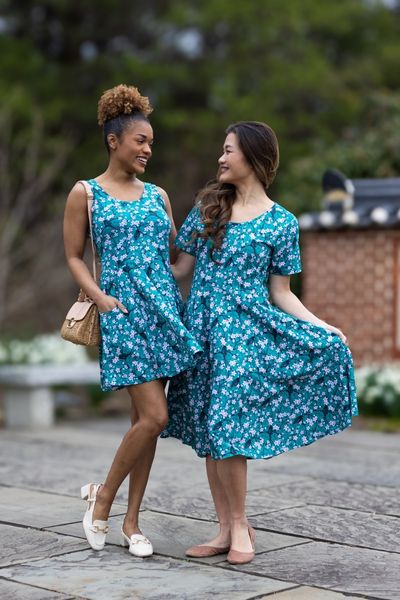
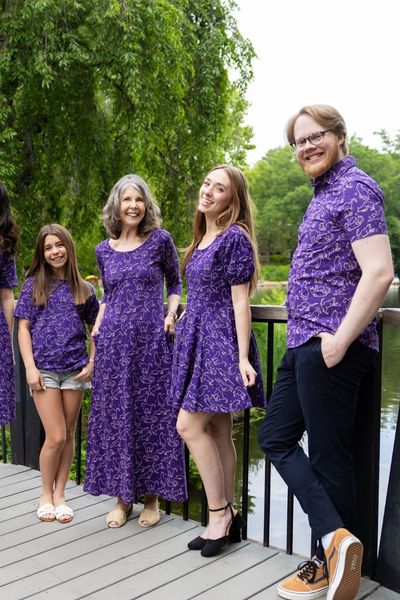













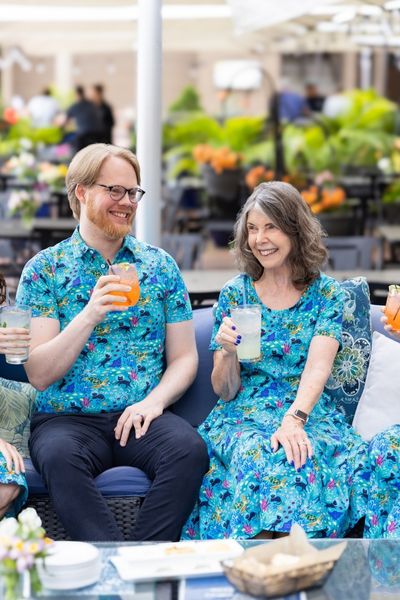
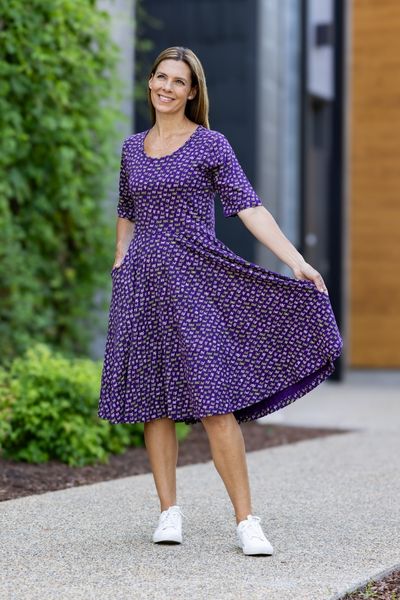


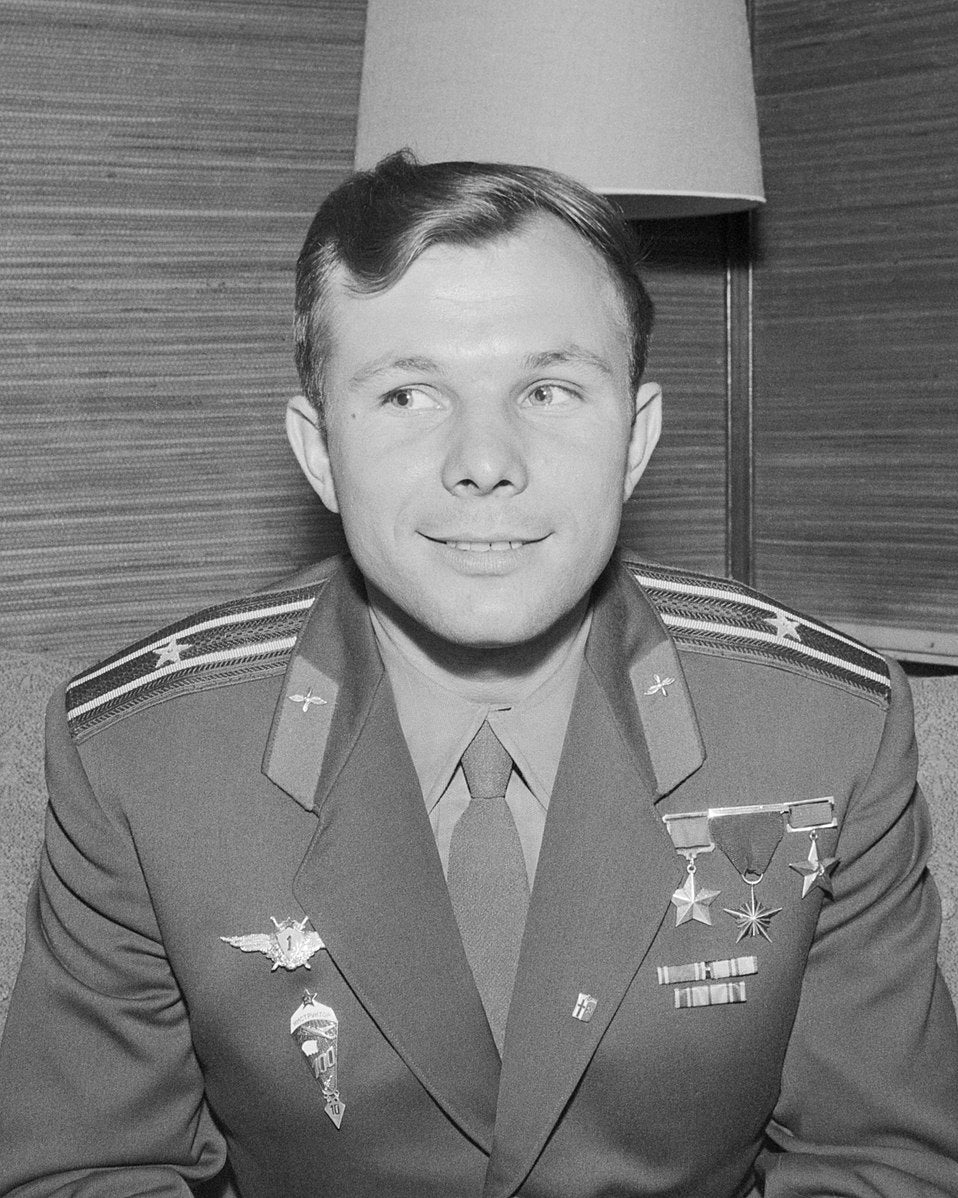
Leave a comment
This site is protected by hCaptcha and the hCaptcha Privacy Policy and Terms of Service apply.